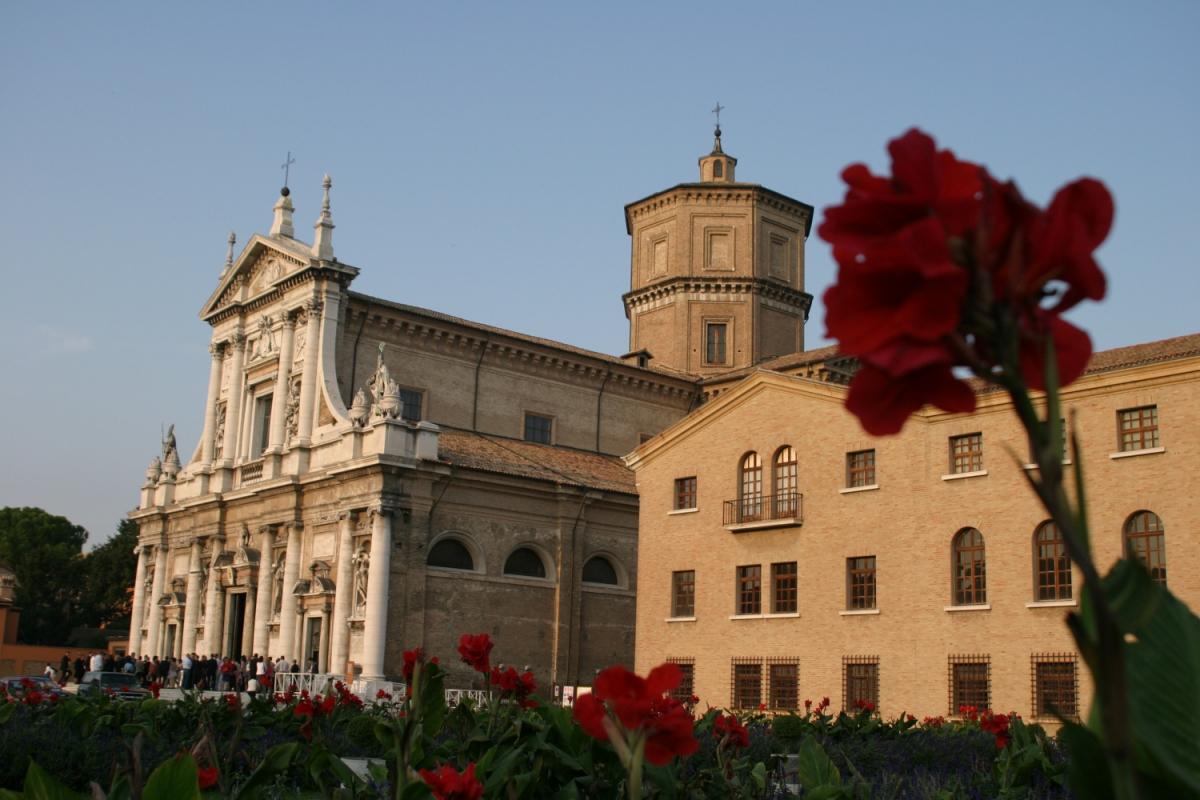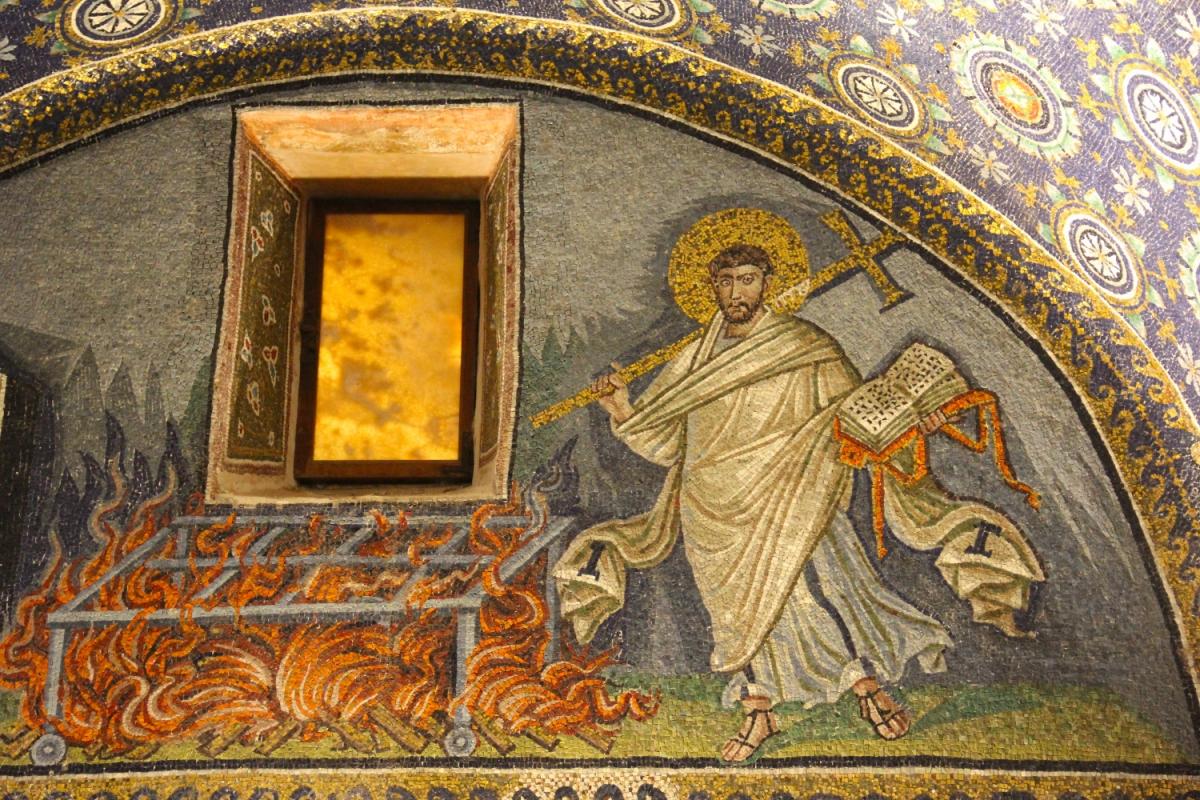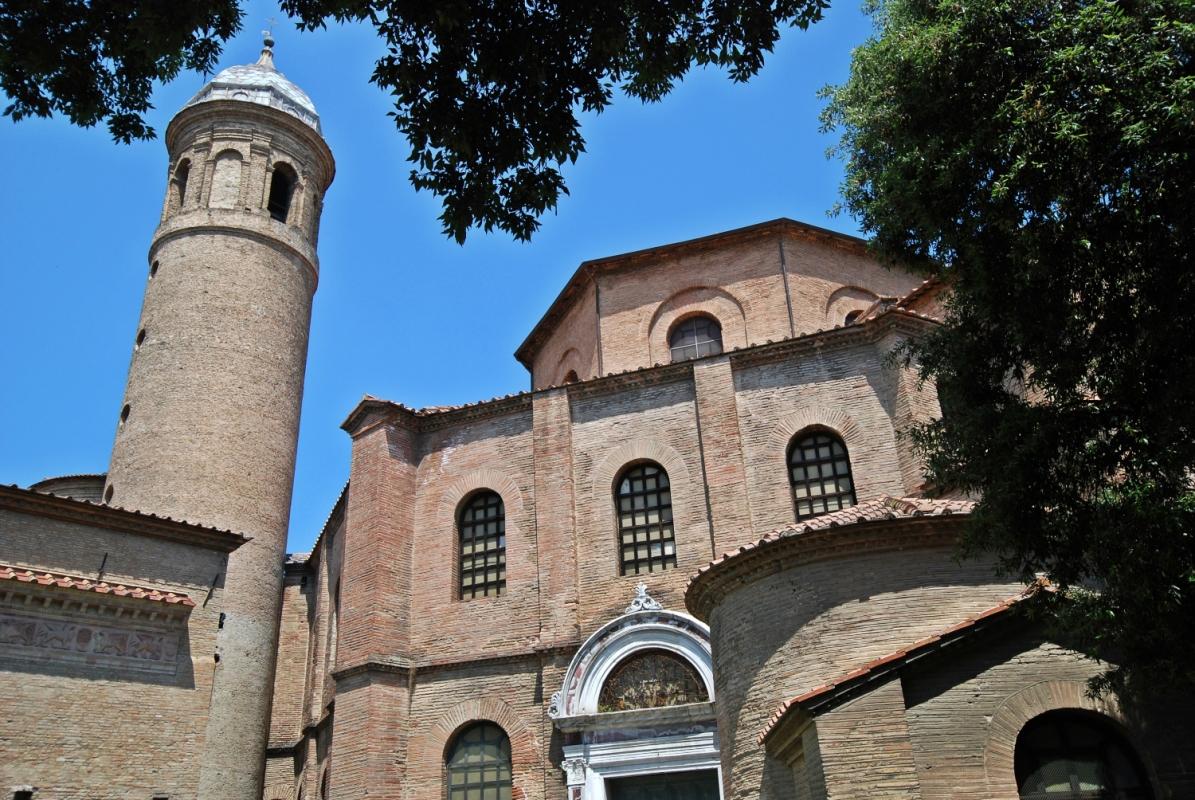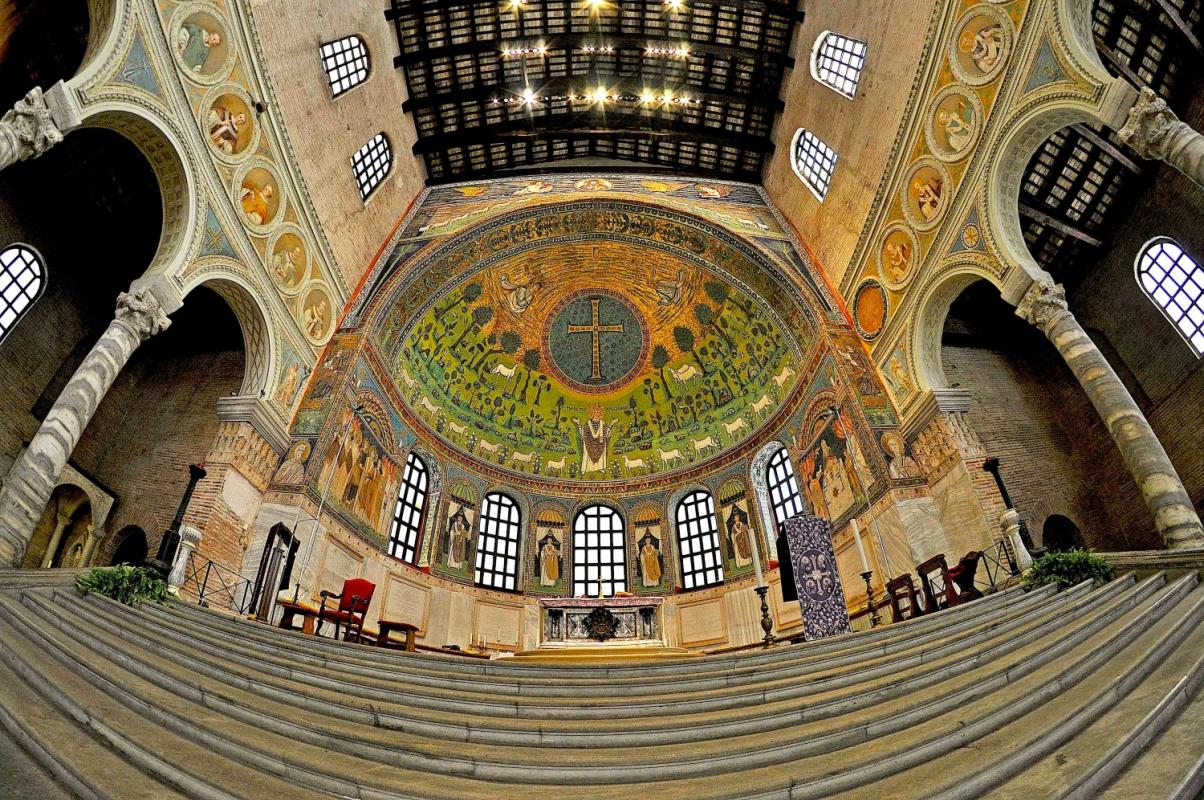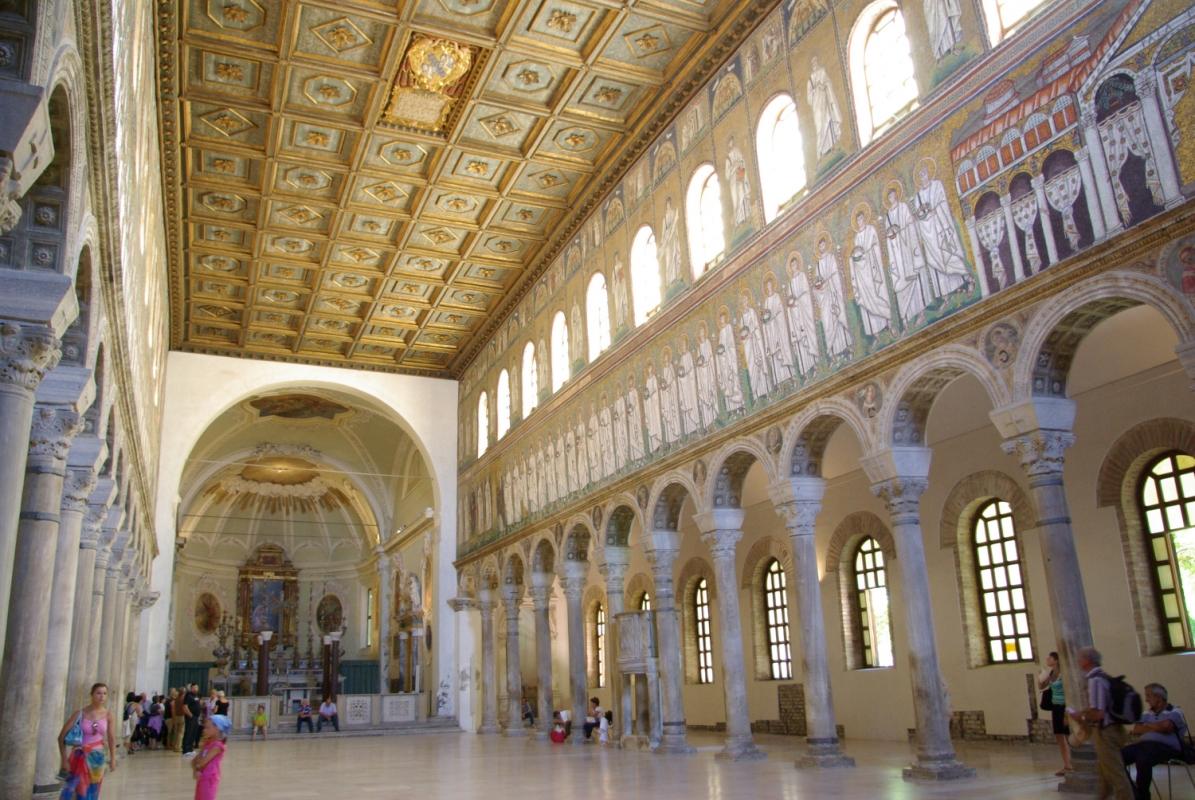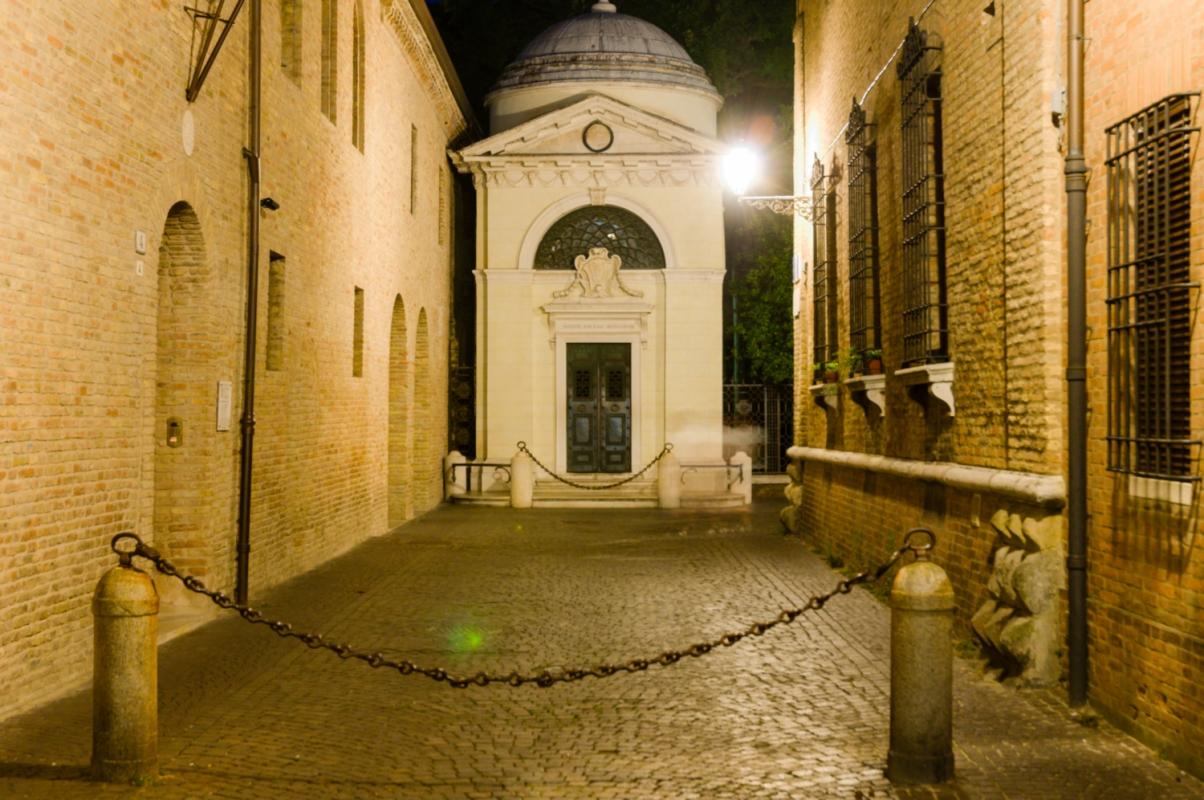24 HOURS IN RAVENNA
This is the city of mosaics, an ancient city, elected three times as capital: first of the Western Roman Empire, then of the Gothic Kingdom under King Theodoric and finally of the Byzantine Empire in Europe. Ravenna is a real pearl of Emilia Romagna region. It is not by chance that The Times included it among the "10 best art & culture holidays" as part of its article entitled the "100 best holidays of 2021".
The magnificence of the Byzantine period has left us a great legacy of monuments and no less than eight buildings have been declared World Heritage Sites by UNESCO: the Basilica of San Vitale, the Mausoleum of Galla Placidia, the Neonian Baptistery, the Chapel of St. Andrew, the Baptistery of the Arians, the Basilica of Sant’Apollinare Nuovo, the Mausoleum of Theodoric and the Basilica of St. Apollinare in Classe. You will be spoilt for choice, however, regardless of your decision, you will definitely be satisfied.
From the splendid mosaics of Galla Placidia, the oldest in Ravenna, whose underlying theme is the victory of life over death, to the combination of Roman and Byzantine architectural elements in the Basilica of San Vitale; from the largest cycle of mosaics in the world to be seen in Sant'Apollinare Nuovo to the highly original mausoleum, made entirely of blocks of Istrian stone, which Emperor Theodoric had built as his own tomb.
For lunch, a quick but tasty piada Romagnola is a must before delving deep once again into the city's extraordinary artistic heritage. The MAR - Museo d’Arte della città (City Art Museum) is an absolute must-see. It houses high-profile periodic exhibitions and several permanent collections, including the Contemporary Mosaics Collection and the very recent Museo Classis (Classis Museum, one of the most important archaeological museums nationwide. A real journey through the history of Ravenna with over 600 exhibits illustrating the various phases that characterised the Byzantine city, from its origins among the Etruscans and Umbrians to the Roman age, from the late imperial age to the splendours of Theodoric and the Byzantine conquest. Lastly, it goes without saying that the city is home to the remains of Dante Alighieri. His tomb, a national monument, is also worth a visit, as is the garden with the Quadrarco and the Franciscan cloisters, which house the Museo Dantesco (Dante Museum).



